For many of us, the principal reason we fly is for fun. Not to go anywhere but up, or for no other reason than that the sky is always waiting, but never impatient. Unfortunately this very pure idea became subverted along the way, as the Cubs and Champs of our forefathers were replaced by the efficient but banal 150 and PA28.
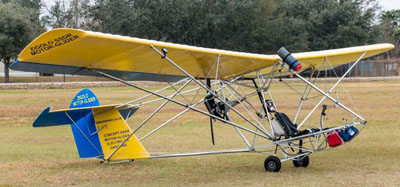
Called Zigolo and made in Italy, it is a super-lightweight motorglider designed to meet Single Seat De-Regulated (SSDR) rules. [See more SSDR examples.]
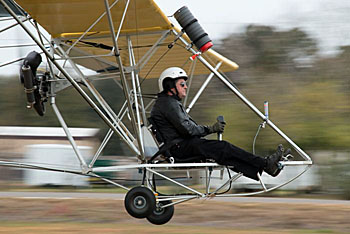
Lightweight and fun, the Zigolo is also extremely competitively priced. As previously mentioned, the Almost-Ready-To-Fly version (which — it is claimed — can be assembled in an afternoon) is $16,000. The classic kit is only $14,500, with a claimed build time of about 100 hours. I flew it the week following the show, becoming only the second Zigolo pilot in the US of A in the process. While having a quick poke round it at Aeromarine LSA’s South Lakeland base before taking it up for a quick flip, I couldn’t help but notice that some of the engineering and materials were perhaps not quite of the high standard I’ve come to expect from Chip, but in his defense his primary agenda had been to fly an aircraft into the show — and he did. Production kits will use AN bolts, and the other minor snags I noticed will be addressed.
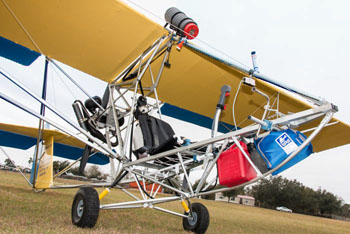
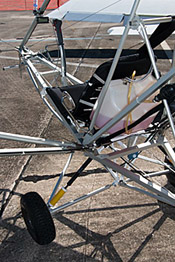
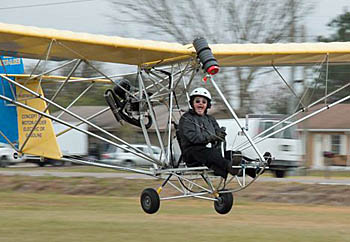
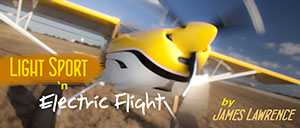


I don’t know if you’ll actually see this, but the Zigolo MG21 looks extremely interesting and with both it’s simplicity of design and low seat height from seat to ground it’s especially appealing to me. I’m a paraplegic that just wants something basic and fun to fly, as a former skydiver with several hundred jumps the openness of the cockpit is something that I love.
I’m hoping that you’ll be able to do a review on the MG21 in the near future. At the moment it looks like the only way to get one is to preorder from the manufacturer in Italy.
You can contact the U.S. representative, AeroMarine-LSA.